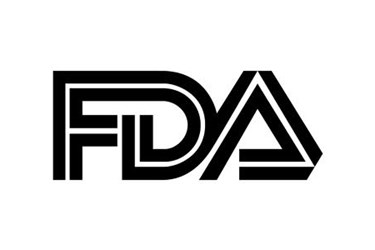Spike In Med Device Recalls: A Product Of Reporting Or Design?

By Ryan Brinks
The number of medical devices recalls nearly doubled over the past decade, with a particularly steep increase in Class I recalls, according to a recent report from the FDA.
The number of Class I recalls jumped from seven in 2003 to 57 in 2012, and the total number of recalls rose from 604 to 1,190 over that same period of time.
According to an article in the Wall Street Journal, there were a number of causes for the increase in recalls. Steve Silverman, director of the FDA medical device center’s office of compliance, attributed some of the recalls to FDA inspections and a 2010 educational workshop on reducing unnecessary exposure to radiation from medical imaging devices.
Additionally, Wanda Moebius, senior VP at AdvaMed, mentioned that a more cautious and proactive approach by companies to report possible safety and quality issues also added to the influx of recalls.
In contrast, Diana Zuckerman, president of the National Research Center for Woman and Families, questioned the credibility of the FDA’s regulatory process. According to the WSJ, she said, “You have to wonder whether a more rigorous regulatory effort before devices went on the market would have avoided these recalls.”
Emergo Group noted that software-related issues were the most common cause for device recalls, accounting for about 15 percent of all recalls from 2010 to 2012. Of those, radiological devices were recalled the most, followed by chemistry, cardiovascular, and general hospital equipment devices.
Richard Vincins, Emergo’s VP of quality consulting, found the results of the study paradoxical, noting that, “design controls were implemented almost 20 years ago to help prevent device recalls, yet that has been this increasing trend.”
Vincins sees the need for improved quality assurance, especially for medical device software. “I have observed over the years that as medical devices become more complex, manufacturers must implement proper design controls, design change management, verification testing, and validation testing to help them save valuable dollars on the bottom line and reduce regulatory oversight,” he said.
